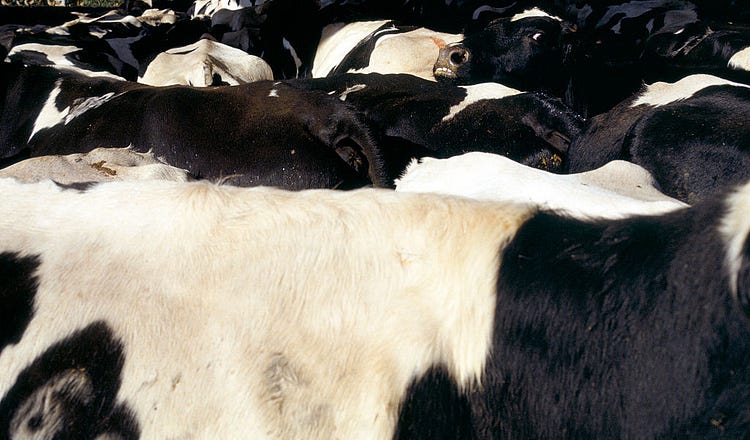Got (Raw) Milk? How the Cow Became a Culture Warrior

(Pictures Ltd./Corbis via Getty Images)
It’s not just about what you put on your cereal. Meet the raw milk revolutionaries who are raging against the machine.
404
Before his conversion, Kale Hyder—a 23-year-old Morgan Stanley analyst who lives in Baltimore—was one of those trendy, enviro-conscious consumers who buy Oatly and Beyond Meat patties at the grocery store. These days he barely goes to the grocery store at all, and certainly not for plant-based replicas of milk and meat.
Blame it on the price of Bitcoin.…
Continue Reading The Free Press
To support our journalism, and unlock all of our investigative stories and provocative commentary about the world as it actually is, subscribe below.
$8.33/month
Billed as $100 yearly
$10/month
Billed as $10 monthly
Already have an account?
Sign In

